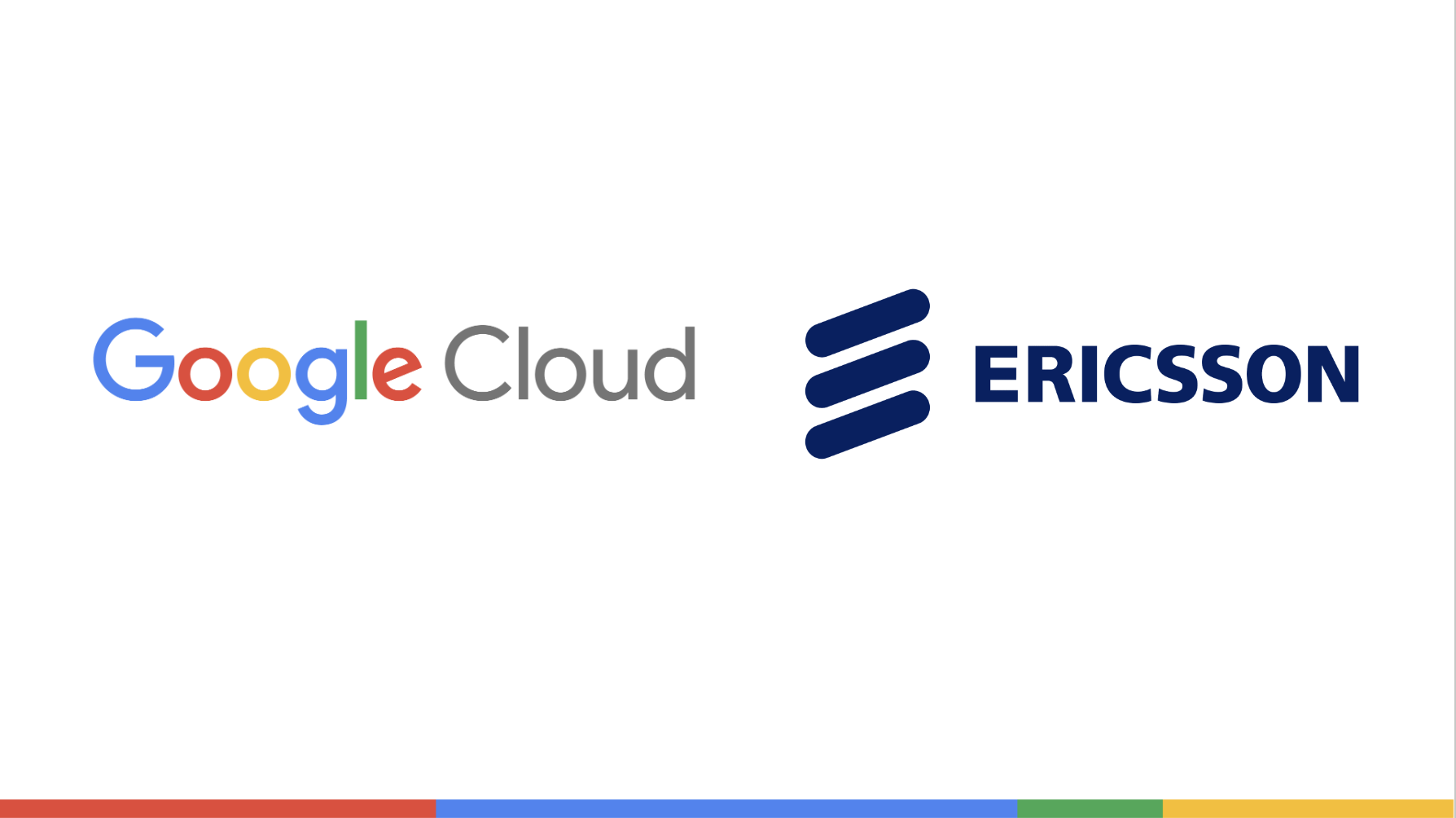When it comes to cellular infrastructure and architecture, each radio access network (RAN) presents unique challenges for network planning and optimization. To overcome these challenges, Ericsson utilizes an innovative approach based on AI, called Cognitive Software, which is designed to optimize network performance automatically.
Ericsson is now working with Google Cloud technology and solutions to see how the companies can more rapidly adapt to dynamic use cases and achieve a faster time to market.
The unique challenges of RAN are massive in scale. With hundreds of thousands of cells in a network to assess, identifying and resolving network issues is a daunting task. Through the effective use of AI-driven network optimization, Cognitive Software has delivered intelligent solutions to detect and resolve network anomalies.
Google Cloud and Ericsson are now collaborating on how to incorporate advanced cloud services, such as Vertex AI and BigQuery into Ericsson’s Cognitive Software. Notably, these cloud integrations into network operation has led to a demonstration project, the Cell Anomaly Detector, a tool that uses AI to detect anomalies in cellular networks with the help Vertex AI.
This collaboration — and the resulting deployment of Ericsson’s Cognitive Software AI model in Vertex AI — represents an exciting advancement of the intersection of cloud and telecommunications technologies.
By utilizing AI, we plan to further explore how to take the next steps to enhance network planning, optimization, and operation while providing communications service providers with dynamic, scalable solutions that significantly reduce time to market.
The Cell Anomaly Detector: A game-changer in network performance management
The Cell Anomaly Detector from Ericsson’s Cognitive Software was developed to proactively identify, classify, and address cell issues in radio access networks (RAN).
The Cell Anomaly Detector is a trailblazer in the industry, running a multi-dimensional analysis on over 200 KPIs to unearth hidden patterns and recognize abnormalities quickly and accurately. The tool classifies abnormal cells into several issue classes with an impressive accuracy of 98% — arguably higher than human skill level.
The results are then displayed on a web user interface, offering detailed insights into the issues and providing APIs to connect with other applications already in use by communication service providers. This approach has delivered significant improvements in network KPIs, reduced customer complaints, and minimized operational expenditure (OPEX) for over 60 network operators worldwide.

The value of HCP in expanding Ericsson’s Cognitive Software Capabilities
In today’s rapidly evolving tech landscape, domain expertise is a critical foundation for success. At Ericsson, we offer our Cognitive Software by leveraging our industry-leading RAN domain expertise, integrated and packaged with advanced AI technologies designed to unleash the full potential of next-generation networks. We also explore with Google Cloud the benefits of server-less services to allow communication service providers (CSPs) to optimize their total cost of ownership (TCO).
This is where the role of a hyperscale cloud provider framework comes into play. By leveraging services from a provider, like the Google Cloud, we can address many of these costs, maximize the value to the customer, and accelerate innovation.
The role of MLOps in augmenting Ericsson’s Cognitive Software
Machine Learning Operations, or MLOps, provides a standardized set of processes and tech capabilities for building, deploying, and operationalizing machine learning systems rapidly and reliably. This approach is essentially an extension of DevOps to machine learning and data science.
With MLOps, we can improve our solutions’ efficiency, scalability, and reliability. We can also enhance and reduce costs by automating parts of the machine learning process. For the Cell Anomaly Detector, the input from RAN performance management data is ingested and aggregated to KPIs stored in Google Cloud’s BigQuery. This data is then processed by the VertexAI MLOps platform, and the inferences are then sent to cloud storage.
Leveraging serverless Software as a Service facilities of Google Cloud products like BigQuery and Vertex AI can optimize the TCO compared to an Infrastructure as a Service (IaaS) version of the same solution, since the SaaS model allows for a you pay-as-you-go model when consuming the service.
The Demo implementation of Cell Anomaly Detector

Conclusion
The technical collaboration with Google Cloud has demonstrated the potential of implementing HCP and MLOps together with Ericsson’s Cognitive Software. The full automation of ML model lifecycle management enabled by the Vertex AI framework ensures robust, scalable, and flexible operations, streamlining ML model maintenance, detecting any deviations to accuracy, accelerating time to market, and, most importantly, reducing TCO with HCP’s pay-as-you-go consumption model.

